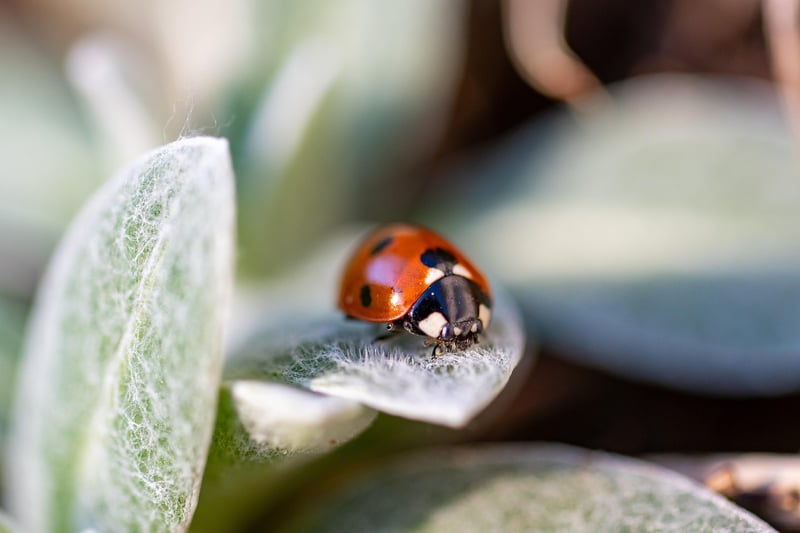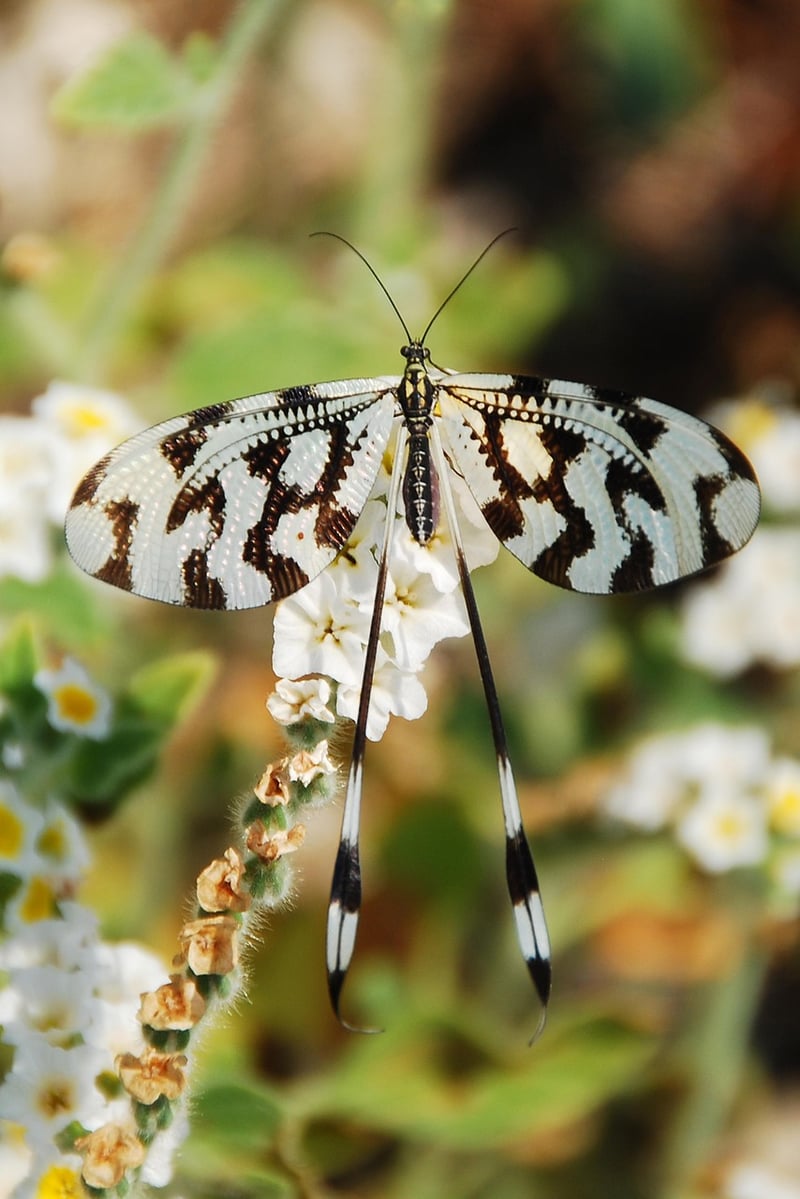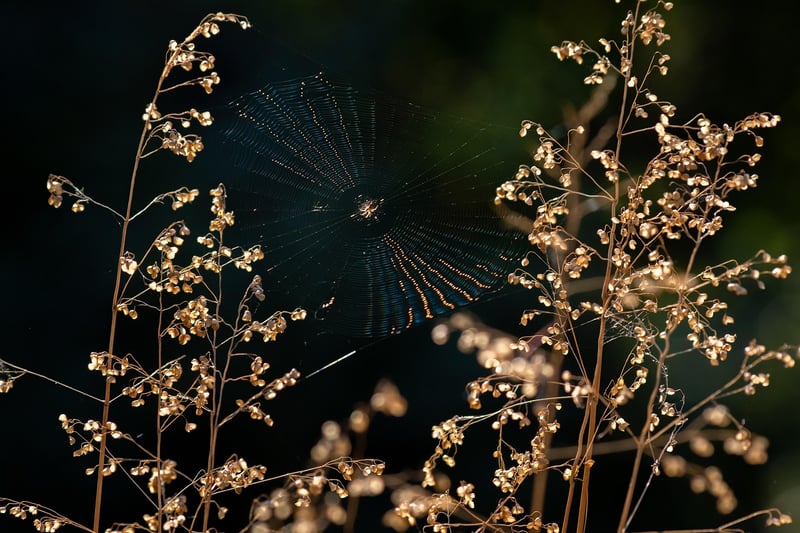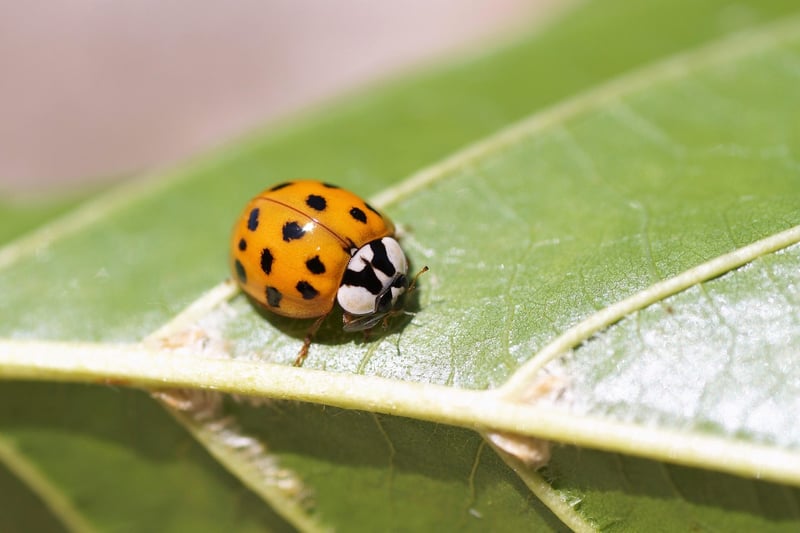Beneficial Insects
Protecting Plants from Pests and Harnessing the Power of Beneficial Insects
Keeping your plants healthy and thriving can sometimes be a battle against pests. However, there are natural and eco-friendly ways to protect your plants without resorting to harmful chemicals. One effective method is to harness the power of beneficial insects.
Identifying Common Plant Pests
Before you can effectively protect your plants, it's essential to know your enemy. Common plant pests include aphids, whiteflies, caterpillars, and spider mites. These pests can damage leaves, flowers, and fruits, ultimately impacting the overall health of your plants.
Natural Pest Control with Beneficial Insects
Beneficial insects are nature's own pest control squad. Ladybugs, lacewings, and predatory mites are just a few examples of beneficial insects that can help keep pest populations in check.
1. Ladybugs
Ladybugs are voracious predators of aphids and other soft-bodied insects. By releasing ladybugs in your garden, you can naturally control aphid populations and protect your plants.

2. Lacewings
Lacewing larvae feed on aphids, caterpillars, and other small insects. Encouraging lacewings to inhabit your garden can provide ongoing pest control.

3. Predatory Mites
Predatory mites are effective at controlling spider mite infestations. Introducing predatory mites to your plants can help prevent damage caused by these tiny pests.

Companion Planting for Pest Control
Another natural way to protect your plants is through companion planting. Some plants, when grown together, can help repel pests and attract beneficial insects. For example, planting marigolds alongside tomatoes can deter nematodes and attract ladybugs.
Conclusion
By understanding common plant pests, utilizing beneficial insects, and incorporating companion planting techniques, you can protect your plants from pests in a natural and sustainable way. Embracing these eco-friendly methods not only safeguards your garden but also promotes a healthy and balanced ecosystem.
